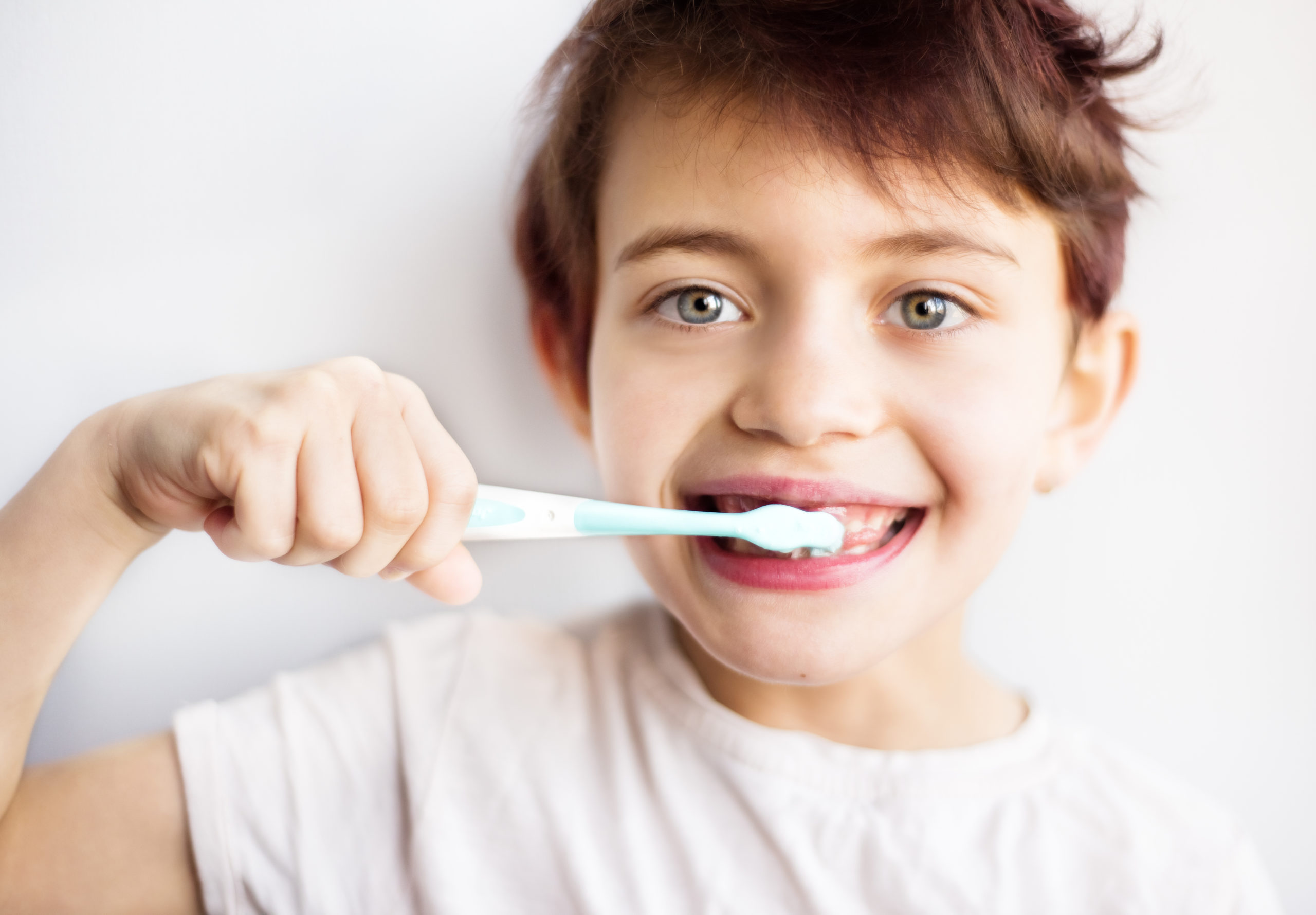By Deborah Lee OTR/L
It is common for children with sensory processing disorder (SPD) to resist tooth-brushing activity day and night and as a result, many parents feel helpless. Aside from having to brush their teeth, some children may even resist putting things into their mouth such as food or anything with texture due to overall sensitivity within their oral cavity. To give some background in regards to SPD, sensitivity is often categorized into “hypersensitivity” and/or “hyposensitivity”. Hyposensitivity means that your child is experiencing limited to no sensation within their oral cavity, which can ultimately affect your child to feel anxious about the process/sequence of tooth brushing. On the contrary, hypersensitivity means that your child has heightened sensation within their oral cavity; therefore, anything that goes into their mouth can over stimulate them to the point where they feel extremely uncomfortable.
In this specific blog, hypersensitivity in correlation to tooth brushing activity will be the main focus, as you often see many children resist eating their food or engaging in grooming activities due to it. To lay the foundation, many parents not only become stressed due to the fact that their child is not brushing their teeth but also because of their overall dental hygiene. Studies indicated that the onset of cavities and periodontal disease begin at an early age for this specific population. In addition, most families often cancel their dental appointments frequently as the dental environment (i.e., smell, noise) lead to anxiety and poor compliance during most visits. Parents feel the need to ensure that they are contributing towards their child’s success in all tasks/skills along with their overall health; therefore, if a child’s dental hygiene is compromised, they often feel stressed or as if they are a failure.
While parenting can be extremely hard amidst all of the highs, rest assure as here are several strategies and tips to implement with your child if they are having difficulties with tooth brushing:
First and foremost, providing a sensory enriched environment is the first priority for your child. One of the main reasons why your child may be demonstrating adverse reactions when attempting to brush his or her teeth is because they are simply not regulated. Therefore, providing them with tactile (in other words, touch), vestibular (movement), or proprioceptive (also known as heavy work) input as a preparatory method prior to tooth brushing activity may help them to become more regulated and well prepared to partake in the task. In general, an activity that can address the tactile system would be through sensory bins! You can utilize almost any type of objects or toys with various textures and throw them into an empty container and create your own sensory bin! An activity to address the vestibular system would be going on a swing or even down the slide. And lastly, an activity to address the proprioceptive system can include engaging with playdoh, climbing playground apparatus, or doing animal walks on the floor!
After providing them with all the necessary sensory input(s) to target self-regulation, you can take a look at the external factors such as the type of toothbrush and toothpaste that can lessen the stimulation within their oral cavity. Once all of these factors are in place, it is important to make the activity playful and fun in front of your child! Try brushing your teeth with them while standing in front of a mirror, sing along to your child’s favorite song(s) that can be of a positive reinforcement to them during the activity, and etc. You can also have your child grasp their toothbrush and start rubbing it against their hand for them to feel the sensation in hopes to eventually desensitize their mouth region.
Below is an example of an intervention that was provided to a child during occupational therapy session(s):
Mother expressed concerns that her 3-year-old child has never brushed his teeth in his life as he strongly resists putting anything into his mouth. Thus, she is always concerned about what types of food to feed him in order to prevent cavities and to help with his overall dental hygiene. Mother also reported he strongly dislikes toothpaste, requiring her to purchase almost all types of toothpaste available out there; however, nothing seemed to work for him.
In our session, we started off doing a 2-step obstacle course where the child crawled through a 6-foot-long sensory tunnel with a ball and jumped on his trampoline while attempting to shoot the ball into a basket. He also engaged in tactile sensory play where he grasped a q-tip to scoop toothpaste and paste it onto his toy cars (preferred toys), pretending to give it a bath. When it was time to rinse off the toothpaste under the water, he was instantly hesitant; however, the fact that he was able to sit down and visually tolerate seeing the toothpaste and also tolerate the smell of it is something to praise him for. Through persistent and repetitive exposure and interaction with toothpaste at his own tolerance, we hope to eventually see surprising results!




